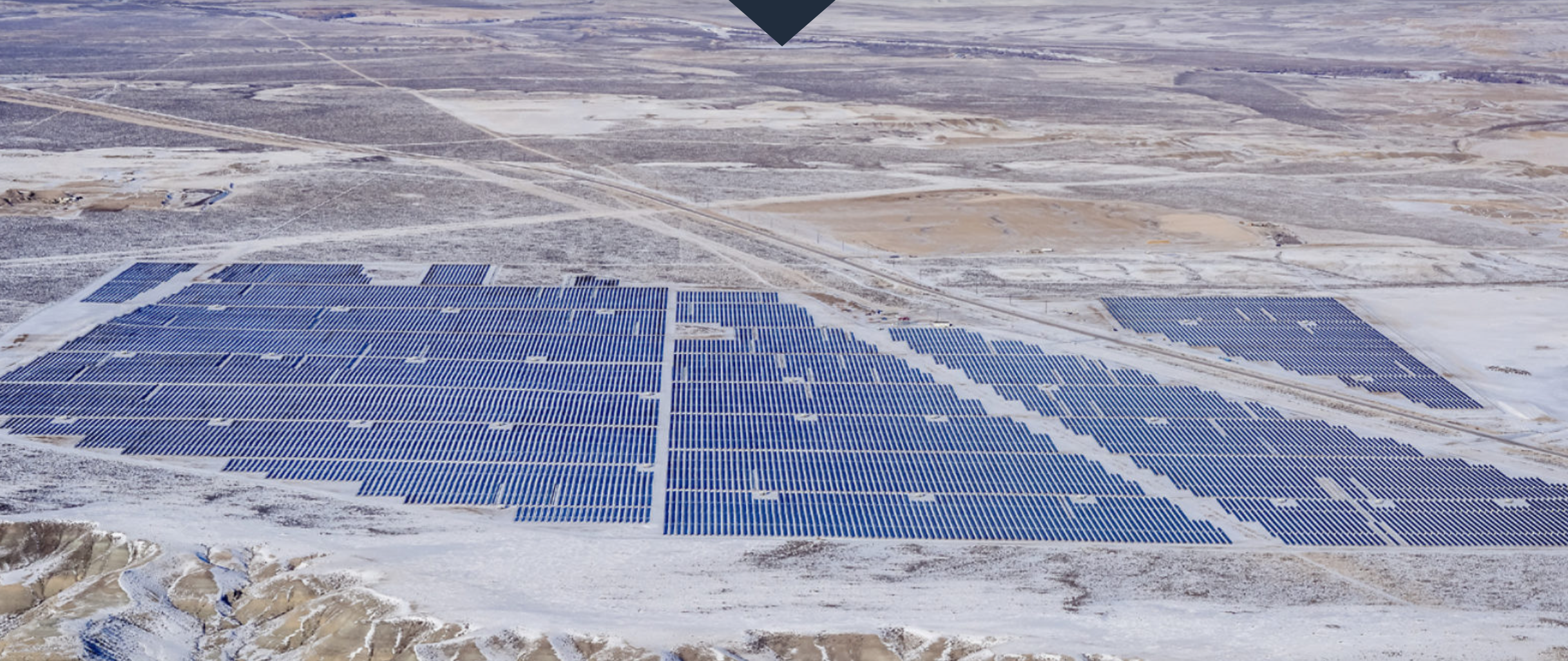Bureau of Land Management releases draft proposal to update Western Solar Plan

By Zac Sonntag
Casper Star-Tribune
Via- Wyoming News Exchange
CASPER — The Bureau of Land Management on Wednesday released a draft proposal to update its Western Solar Plan, a strategic roadmap for solar energy development that could make as much as 22 million acres of federal land eligible for utility-scale projects.
The updated proposal incorporates lands in five additional Western states — counting Wyoming, which is identified as a top 10 U.S. state for solar potential.
It’s the latest in the Biden Administration’s hot pursuit of renewables, and it underscores the pivotal intersection of public lands and solar energy in the administration’s target to reach a 100% clean electric grid by 2035.
The release comes in tandem with announcements from the Interior Department of newly approved or completed solar projects in California, Nevada, and Arizona, bringing thousands more clean megawatts online in a threshold year when renewable electricity — for the first time on record — is expected to surpass coal-fired power generation.
While the solar sector is poised to reach new heights, some are concerned the Cowboy State is missing the market train as a combination of legislative and regulatory circumstances have kept Wyoming 43rd in the nation for solar energy production, with less than 1% of its total generation coming from solar.
Furthermore, recent land-use debates suggest the state’s interest in solar is still tepid.
For instance, Gov. Mark Gordon’s Task Force on the Rock Springs Resource Management Plan did not reach a favorable recommendation for renewable energy development projects on public lands in Wyoming’s southwest.
That could change, however, if the BLM’s Western Solar Plan delivers on its intention to streamline siting processes while opening up new lands. The draft proposal includes five separate alternatives, which each emphasize a different priority, ranging from transmission line proximity to environmental impact. The BLM’s preferred alternative aims for something in the middle.
“What you’ll see in the preferred alternative is that our goal is to drive development to areas of high solar energy potential, with fewer conflicts with other land uses, and that are close to transmission lines and have less environmental impact overall,” BLM Director Tracey Stone-Manning said during a press call Wednesday.
The update comes 11 years after the last Western Solar Plan, and kicks off a 90 day public comment period that gives stakeholders a chance to weigh in on the separate alternatives.
Stone-Manning explained that public lands are a vital tool in the administration’s clean energy agenda, but added that the agency must still abide by its charge to promote sustainable yields for multiple-uses and that all proposed solar projects will undergo specific environmental reviews with additional processes of review and stakeholder input.
And some stakeholders are already on alert.
“We recognize that public lands in the west provide important options to help meet the nation’s renewable energy needs,” Jon Holst, wildlife and energy senior advisor for the Theodore Roosevelt Conservation Partnership, said in a statement. “Our public lands also contain critical unfragmented habitats for fish and wildlife populations that offer world class hunting and angling opportunities. We will be looking at the details of this draft plan to make sure that the interests of hunters and anglers are incorporated.”
Analysis from the National Renewable Energy Lab suggests feds will need to permit around 700,000 acres of public lands for solar development in order to reach net zero goals over the next 20 years; rule of thumb holds that one gigawatt of capacity can be generated for every 5,000 permitted acres.
“The BLM’s preferred alternative would make approximately 22 million acres of land open for solar application giving maximum flexibility to reach our clean energy goals,” said Interior Department Acting Deputy Secretary Laura Daniel-Davis.





